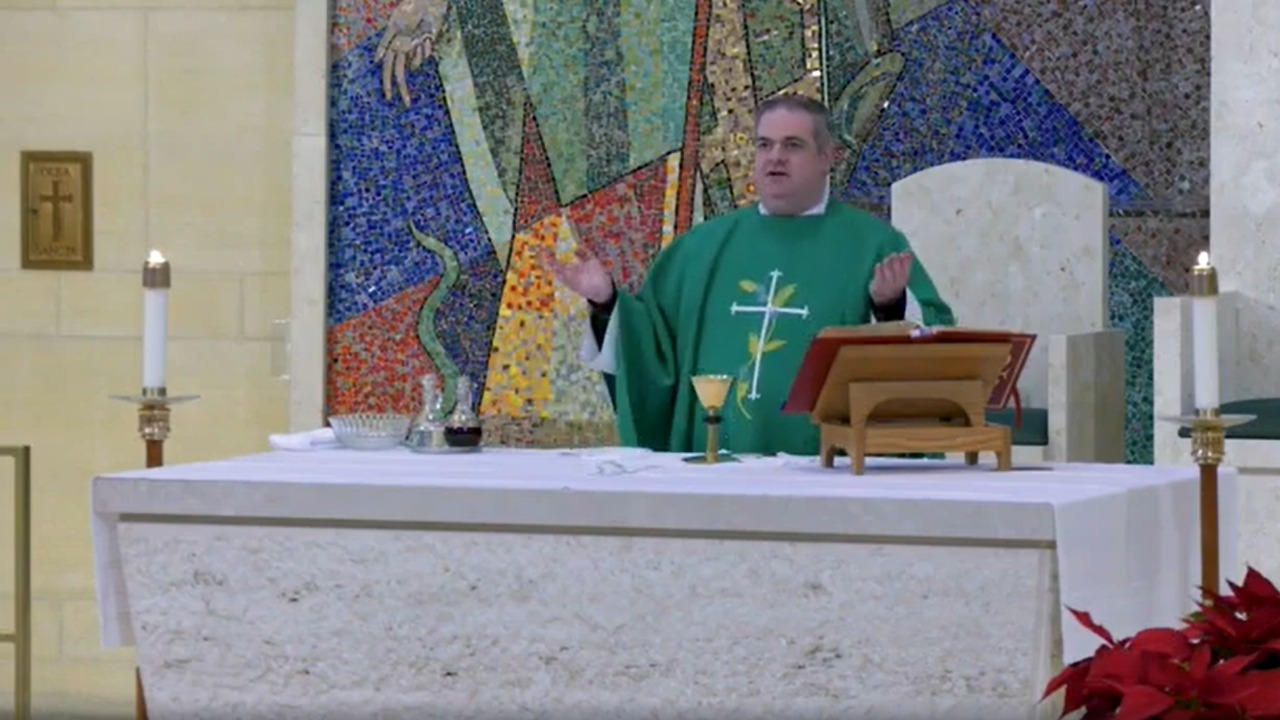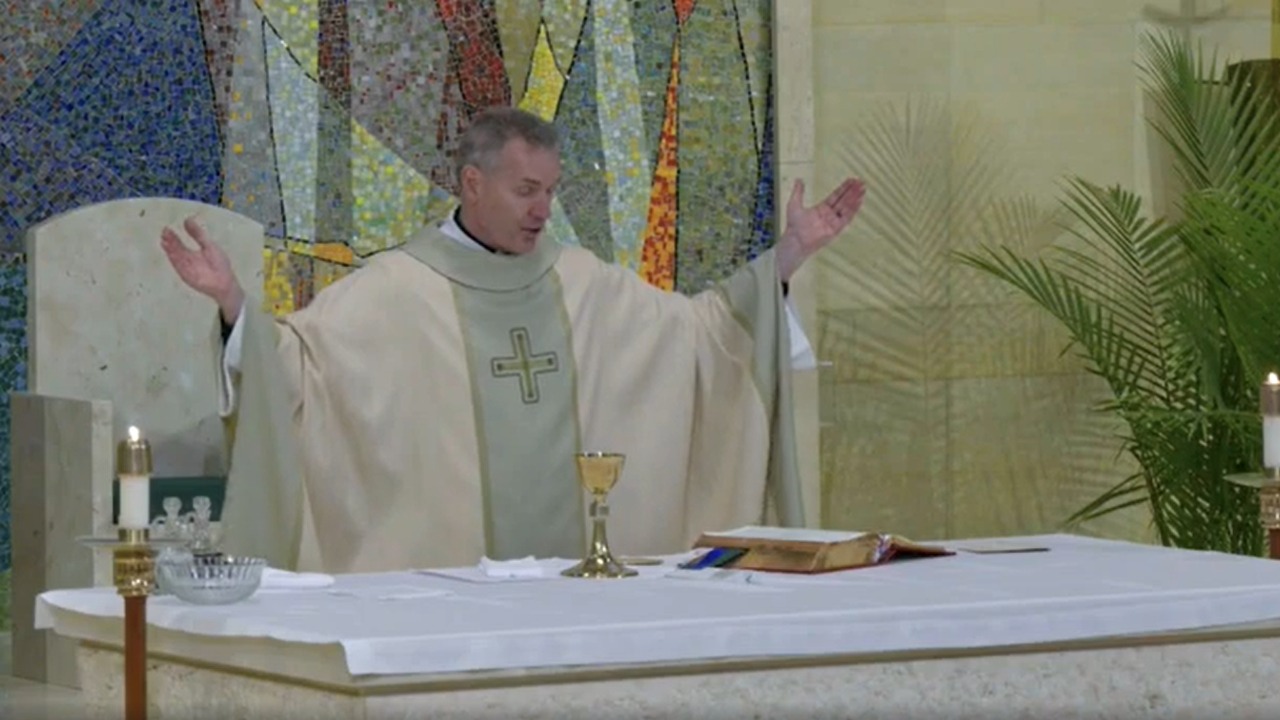St. Joan of Arc, May 30

The story of Joan of Arc begins in 15th-century France, during the Hundred Years War. France suffered both aggression from English forces and civil war with Burgundy, a region of France.
Born around 1412 to a family of peasant farmers, Joan saw the turmoil from the war afflicting her people. When she was 13, she experienced a vision of St. Michael the Archangel giving her a mission for France. Despite facing initial resistance, she met with the Dauphin, son of the deceased French King Charles VI—next in line for the throne. She encouraged him to take up arms to reclaim Orleans and Riems. Though clad in armor and carrying a sword, Joan did not engage in combat, but held a banner for France and offered military advice. Her presence also helped bolster the spirits of the Dauphin’s forces, who captured Orleans and later Reims and other cities. The Dauphin was crowned King Charles VII in 1429.
Dauphin’s forces, who captured Orleans and later Reims and other cities. The Dauphin was crowned King Charles VII in 1429.
Charles’ forces, however, encountered setbacks. The next year, Joan was captured by Burgundian forces, who subsequently sold her to the English. The English set up an ecclesial trial against her. She was convicted and burned at the stake May 30, 1431.
Still, Charles’ position remained strong. In 1435, Burgundy withdrew from its alliance with England. By 1453, France succeeded in driving the English out of France. After investigations by Church authorities, Pope Callixtus III authorized a rehabilitation trial. In July 1456, the original trial was declared unjust and her conviction and execution were nullified. Over time Joan became recognized as a French national hero and her virtue was increasingly acknowledged by the Church. In 1869, efforts began for her canonization. She was beatified in 1909 and canonized in 1920.
In our diocese, parishes in Canton and in Streetsboro are named in her honor.










